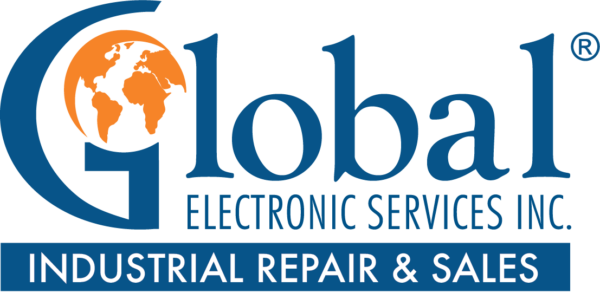A Guide to Common Industrial Safety Regulations

No matter what industry you work in, how big your factory is, or what your day-to-day operations look like, industrial safety is nonnegotiable. Yet with so many rules and regulations, it’s not always as simple as checking a box on your safety inspection sheet. True compliance starts with understanding.
As we put safety top of mind in August for National Safe + Sound Week, give yourself a refresher on some of the most common industrial safety regulations — and why they matter.
Occupational Safety and Health Administration (OSHA)
OSHA is the cornerstone of workplace safety in the United States. Established under the Occupational Safety and Health Act of 1970, OSHA’s mission is to ensure safe and healthy working conditions. Here are some of the key regulations:
- General Duty Clause: This foundational principle mandates that employers must provide a workplace free from recognized hazards that could cause death or serious physical harm. It’s the bedrock of all other OSHA regulations, emphasizing the employer’s responsibility to anticipate and mitigate risks.
- Hazard Communication Standard (HCS): Known as the “Right to Know” law, this regulation requires employers to inform and train employees about the hazardous chemicals they might encounter. It’s more than just posting signs — it’s about comprehensive education to empower workers to handle chemicals safely.
- Lockout/Tagout (LOTO): This lifesaving standard ensures that machinery is properly shut off and unable to be started up again before the completion of maintenance or repair work. Proper LOTO procedures prevent unexpected energization, keeping workers safe from serious injuries.

Regulations in action
Industrial safety regulations are vital for protecting workers and ensuring efficient operations. Here’s how key standards from the IEC, NFPA, and ISO shape safer industrial environments:
IEC Standards
In a manufacturing plant prone to electrical accidents, adopting IEC 60204-1 improves machine safety through proper grounding and regular maintenance, reducing electrical shocks. Meanwhile, IEC 61508 ensures reliable control systems in a chemical facility, preventing potential disasters.
NFPA Standards
An industrial complex handling flammable materials can reduce fire incidents by implementing NFPA 70 (NEC) to upgrade electrical systems or NFPA 70E to train workers on handling electrical hazards like arc flash and shock.
ISO Standards
A global manufacturing company can improve employee safety and reduce risks by standardizing safety across international plants with ISO 45001. ISO 13849-1 ensures machinery safety by minimizing accidents and enhancing operational safety.
Compliance and safety: Best practices
Compliance with regulations requires proactive efforts and a deep commitment to safety. Here are some best practices:
- Regular training and education: Knowledge is the first line of defense against workplace accidents. Continuous training ensures employees are aware of safety procedures and understand how to use equipment properly.
- Routine inspections and audits: Regularly inspecting equipment and processes helps identify potential hazards before they lead to accidents. Audits are essential.
- Risk assessment and mitigation: Conduct thorough risk assessments to identify hazards and implement strategies to mitigate them.
- Emergency preparedness: Develop and maintain comprehensive emergency response plans. Regular drills can help employees know what to do in case of an emergency, reducing panic while boosting response efficiency.
- Documentation and recordkeeping: Keep detailed records of training, inspections, incidents, and corrective actions. This documentation supports compliance, and it helps identify trends and areas for improvement.

Improve safety with GES
Compliance is an ongoing process that requires constant vigilance and education. When in doubt, check yourself against OSHA’s standards, which provide valuable information on how to achieve and maintain compliance — as well as valuable resources.
August is a great time to refresh yourself on common industrial safety standards — and invest in facility safety equipment. This August, save 15% on repairs for three or more non-PPE safety equipment units, or get 10% off repairs for any single unit.
Remember, regulations are the minimum requirements. Be proactive and vigilant to go above and beyond. Regular safety audits, employee feedback, and continuous improvement of safety protocols are the best ways to maintain a robust safety culture and incident-free factory.
